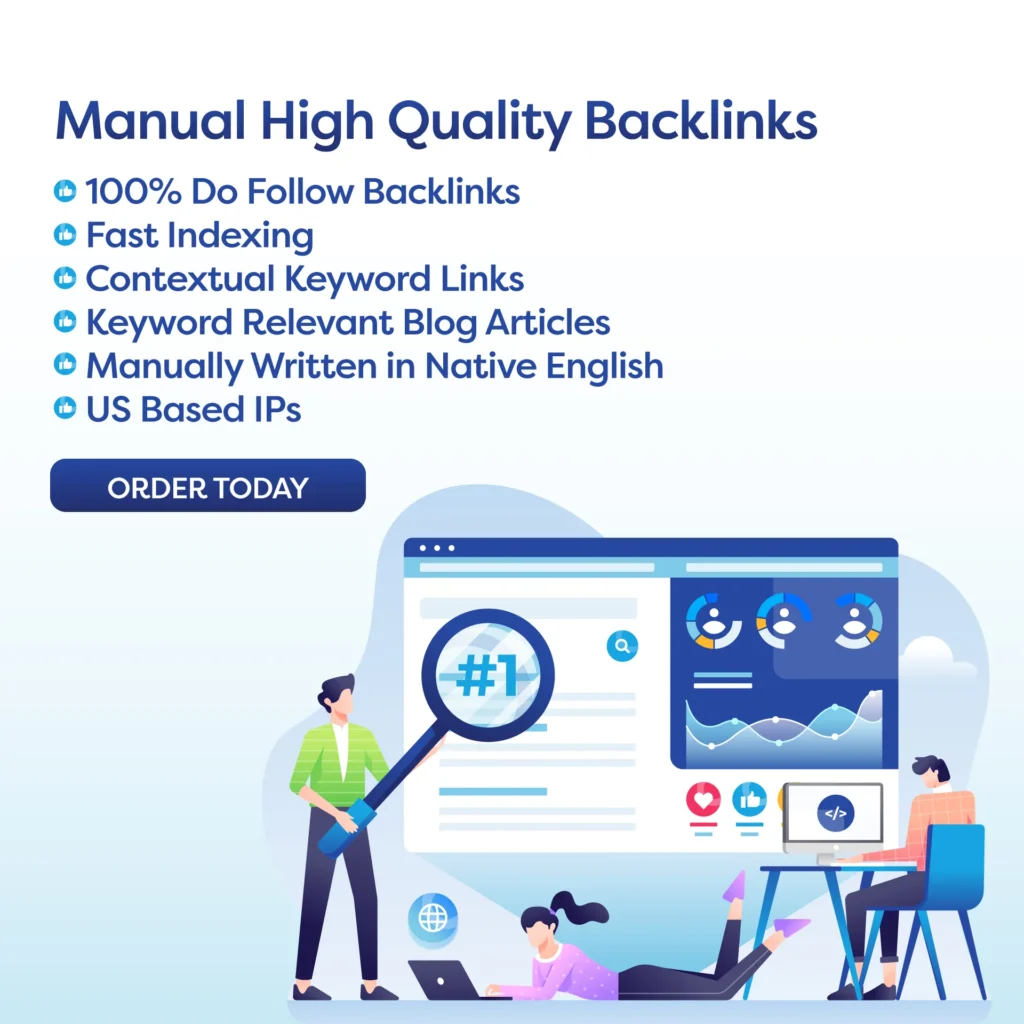In today’s digital landscape, SEO copywriting has become an indispensable tool for businesses aiming to enhance their online visibility and drive organic traffic to their websites. To succeed in the competitive world of online marketing, mastering the art of SEO copywriting is essential. In this section, we’ll delve into some crucial SEO copywriting tips to help you create content that not only resonates with your audience but also ranks well on search engine results pages (SERPs).
I. Introduction to SEO Copywriting
- Definition of SEO copywriting: SEO copywriting involves crafting content that is optimized for search engines while also appealing to human readers.
- Importance of SEO copywriting in digital marketing: Effective SEO copywriting can significantly impact a website’s ranking on search engines, leading to increased visibility and traffic.
II. Understanding Keywords
- Explanation of keywords and their significance in SEO copywriting: Keywords are phrases or terms that users enter into search engines when looking for information. They play a crucial role in determining a page’s relevance to a particular query.
- How to conduct keyword research effectively: Utilize tools like Google Keyword Planner or Semrush to identify relevant keywords with high search volume and low competition.
III. Crafting Compelling Headlines
- Importance of headlines in SEO copywriting: Headlines are the first thing users see when browsing search results. A compelling headline can entice users to click through to your content.
- Techniques for creating attention-grabbing headlines: Use power words, numbers, and questions to pique curiosity and compel action.
IV. Structuring Content for Readability and SEO
- Discussing the importance of structure in SEO copywriting: Well-organized content not only enhances the user experience but also makes it easier for search engines to crawl and index your pages.
- Tips for organizing content for both readers and search engines: Use descriptive subheadings, bullet points, and concise paragraphs to break up content and improve readability.
V. Optimizing Meta Descriptions
- Significance of meta descriptions in SEO: Meta descriptions provide a brief summary of a webpage’s content in search results. Crafting compelling meta descriptions can increase click-through rates (CTRs) and improve ranking.
VI. Using Keywords Naturally
- Importance of natural keyword placement: Avoid keyword stuffing and focus on integrating keywords seamlessly into your content to maintain readability and user experience.
- Tips for integrating keywords seamlessly into content: Incorporate keywords into headings, subheadings, and naturally within the body of your text.
VII. Creating High-Quality Content
- Emphasizing the importance of quality in SEO copywriting: Search engines prioritize content that is valuable, informative, and relevant to users’ queries.
- Strategies for producing valuable and engaging content: Conduct thorough research, provide unique insights, and address the needs and interests of your target audience.
VIII. Utilizing Internal and External Links
- Discussing the role of links in SEO copywriting: Both internal and external links help search engines understand the context and relevance of your content.
- Tips for incorporating internal and external links effectively: Link to authoritative sources, relevant internal pages, and strategically place anchor text to enhance SEO.
IX. Optimizing Images
- Importance of optimizing images for SEO: Images can enhance user engagement and contribute to a positive user experience. Optimizing image alt text and filenames can improve search engine visibility.
Certainly! Here’s Part 2 of the article formatted in markdown with the most important keywords italicized:
Part 2: FAQ Section
In this section, we’ll address some frequently asked questions (FAQs) related to SEO copywriting. Understanding these key aspects will help you refine your SEO copywriting strategy and achieve better results in your digital marketing efforts.
I. What are the best practices for keyword placement in SEO copywriting?
- Discuss the optimal locations for placing keywords within content, such as in headings, subheadings, and the body text.
- Emphasize the importance of avoiding keyword stuffing and maintaining a natural keyword density throughout the content.
II. How can I make my content stand out to both readers and search engines?
- Provide strategies for creating unique and valuable content that resonates with your target audience.
- Discuss the importance of user engagement metrics, such as bounce rate and time on page, in determining the quality and relevance of your content to search engines.
III. What tools can help with SEO copywriting?
- Introduce various tools for keyword research, content optimization, and performance tracking, such as Google Keyword Planner, Semrush, and Yoast SEO.
- Provide recommendations based on different needs and budgets, highlighting the features and benefits of each tool.
IV. How frequently should I update my content for SEO purposes?
- Discuss the importance of regularly updating content to keep it relevant and competitive in search engine rankings.
- Provide guidelines for determining when to update existing content based on changes in industry trends, user feedback, and search engine algorithms.
V. How can I measure the success of my SEO copywriting efforts?
- Introduce key performance indicators (KPIs) for measuring SEO success, such as organic traffic, keyword rankings, and conversion rates.
- Discuss the importance of tracking metrics over time to evaluate the effectiveness of your SEO copywriting strategy and make data-driven decisions.
By addressing these common questions and implementing the strategies outlined in Part 1, you can enhance your SEO copywriting skills and improve the performance of your content in search engine results.

Leave a Reply